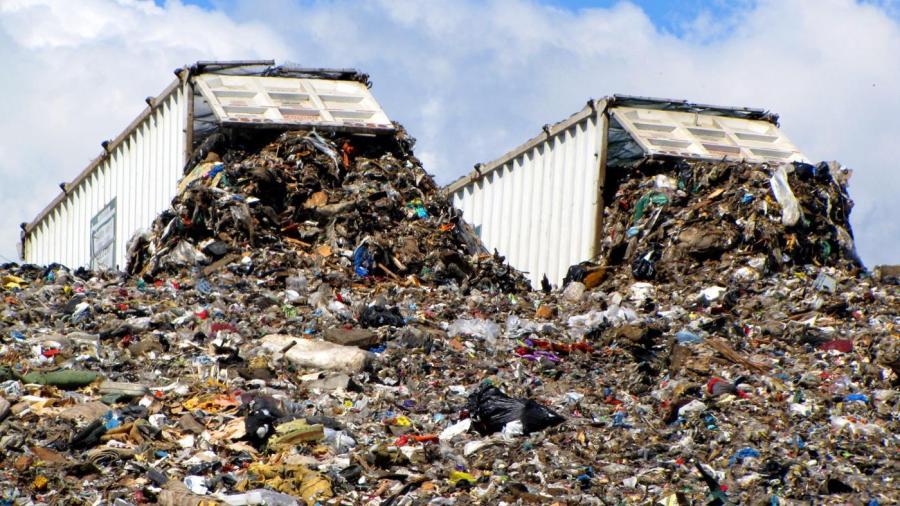What Are the Problems With Burying Waste in Landfill Sites?

Burying waste in landfills creates offensive odors and potentially dangerous gases that are capable of moving through soil into nearby buildings. The most harmful gases generated in landfills are methane, carbon dioxide, ammonia and sulfides. Methane is flammable, while carbon dioxide is known to move into buildings and displace oxygen.
In the 19th and much of the 20th century, it was common for Americans to bury their waste in landfills located near wetlands and bodies of water. Gas from these landfills leaked into the water and created health hazards for those living nearby. Some landfills even exploded as a result of the presence of flammable methane.
In 1993, Congress passed a law that required landfills to be lined with plastic to prevent leaks into surrounding soil and groundwater. The law also requires owners and managers of landfills to monitor gases emitted from the sites.
Since then, many communities have reclaimed landfills, covering the garbage and converting the sites into parks and green space.
Despite control measures in place to mitigate problems stemming from landfills, many Americans are calling for greater reduction in consumption and for increased reuse and recycling to avoid having to deposit so much into existing landfills. Such people hope for a day when the country will produce zero waste.





